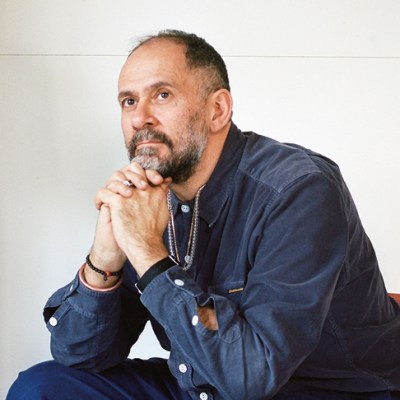The following is the editor’s letter from the September 2019 issue of Apollo.
It is four years since the Italian government implemented radical reforms of the country’s museum system. In August 2015, the then Italian culture minister, Dario Franceschini, announced the first 20 ‘super directors’ of national museums, granting those institutions fiscal autonomy for the first time and, in theory at least, far greater managerial independence. With seven non-Italian nationals among those appointed, it looked as though Italian museums were finally taking on a more international outlook.
This summer, those super directors who remain in post have been waiting to hear whether, with their initial four-year contracts coming to an end, they will have their tenures renewed. At the time of writing, some have had their positions confirmed, among them Paolo Giulierini at the Museo Archeologico Nazionale in Naples, and Paola D’Agostino at the Bargello in Florence. There is no news yet about who will be in charge come October at Capodimonte, the Brera or the Uffizi.
Have the reforms been successful? Given the legal imbroglio that followed some of the appointments, from a political perspective the answer is: not really. In a bizarre ruling in 2017, an administrative court in Lazio cancelled five of the appointments, including that of the Austrian art historian Peter Assmann at the Palazzo Ducale in Mantua, only for those individuals to be reinstated several weeks later when the court was overruled by the Council of State. Assmann and another Austrian, Peter Aufreiter (Galleria Nazionale delle Marche) have decided to leave their respective posts; ‘I no longer feel like the right person,’ the latter has said.
In practical terms, however, there have been many changes for the better when it comes to visitor experience, collection interpretation and programming at many museums and archaeological parks (further reforms and appointments followed the initial announcements of 2015). The rationalisation of archaeological sites in central Rome to create the Parco Archeologico del Colosseo has, to my mind, fostered a far more enlightening experience for visitors – marked not only in improvements in, say, ticketing and facilities but also in a refreshed feeling for detail among the ruins. When I visited last year, I noticed for the first time how the Palatine – now accessible from the Forum – had been planted in places to recall ancient Roman flora. The park even has a functioning website.
At some museums, welcome consideration has been given to displays that had long looked jaded. At the Uffizi, Eike Schmidt has reorganised rooms dedicated to Botticelli and Leonardo, wise to the challenges such artists generate in terms of overcrowding and the need, as far as possible, to allow for the individual visitor’s appreciation of their works. At the Brera, James Bradburne has overseen the reinstallation of dozens of galleries, with the paintings (dramatically) relit and accompanied by rewritten labels, some by leading novelists.
There are other reasons for hope. The recent launch of the Friends of the Bargello, an organisation inconceivable under the old system, opens up the possibility of independent international funding for specific projects at the museum, without interference from the ministry of culture. The FoB has begun fundraising for the digitisation of the collection, the publication of catalogues of the Bargello’s holdings of maiolica and bronze statuettes, and the improvement of museum infrastructure including climate control and storage facilities.
There have clearly – sometimes quite publicly – been frustrations on the part of directors since the advent of the new system. Bradburne’s proposal to install the Brera’s modern art collection in the Palazzo Citterio, for example, has run into exasperating delays, not least when the initial restoration of the building carried out by the local Soprintendenza (cultural superintendent) failed to meet museum display and conservation standards. In mid August, the Italian press reported that the work will now be redone according to Bradburne’s own proposals, and is projected to finish in 2021.
In four years’ time, perhaps, we will have a far better sense of how effective and sustainable the 2015 reforms have been: if Palazzo Citterio is open, for instance; if Sylvain Bellenger’s masterplan for a cultural campus in the park at Capodimonte – on hold in June, back on track in July – has begun to be realised. Nothing will be simple: this year Alberto Bonisoli, minister of culture in Italy’s populist government, has made moves to dismantle some of Franceschini’s restructuring, chuntering all the while about the need for counter-reformation.
From the September 2019 issue of Apollo. Preview and subscribe here.



